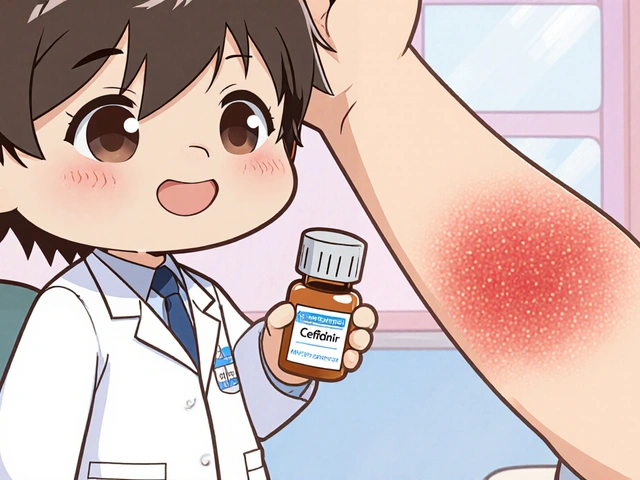Nasal Antihistamine Sprays: What They Are and How They Help Allergies
When your nose won’t stop running, sneezing, or itching because of pollen, dust, or pet dander, nasal antihistamine sprays, a direct-to-nose treatment that blocks histamine, the chemical triggering allergy symptoms. Also known as intranasal antihistamines, these sprays stop symptoms right at the source—no waiting for pills to circulate through your body. Unlike oral antihistamines that make you drowsy or dry out your mouth, nasal sprays act locally. That means less side effects and faster relief—often in under 15 minutes.
They work by stopping histamine from binding to receptors in your nasal lining. Think of it like putting up a shield where the problem starts. Common types include azelastine and olopatadine, both available by prescription and, in some places, over-the-counter. These aren’t just decongestants—they don’t shrink blood vessels. Instead, they calm the allergic reaction itself. That’s why they’re often paired with nasal corticosteroids for people with severe allergic rhinitis. If you’ve tried pills like Claritin or Zyrtec and still feel stuffy, a nasal spray might be the missing piece.
People who deal with seasonal allergies, hay fever, or year-round triggers like mold or dust mites often find these sprays more reliable than tablets. They’re especially helpful if you’re sensitive to drowsiness or need to stay sharp at work. And because they target only the nose, they avoid the dry mouth, blurred vision, or brain fog that oral meds sometimes cause. But they’re not magic—you need to use them consistently, especially before exposure. Skipping doses or using them only when symptoms are bad cuts their effectiveness.
Some users worry about rebound congestion, but that’s mostly tied to decongestant sprays like oxymetazoline. True antihistamine sprays don’t cause that. They’re safe for daily use over months, even years, with minimal risk. Still, a little nosebleed or bitter taste can happen—usually mild and temporary. If you’re pregnant, nursing, or treating a child, check with your doctor. Not all sprays are approved for kids under 12.
What you’ll find in the posts below are real comparisons and practical guides. You’ll see how nasal antihistamine sprays stack up against other allergy treatments, what to expect when switching from pills, how to use them right, and which ones actually save money without cutting corners. There’s also advice on combining them with other meds, spotting fake online sellers, and avoiding common mistakes that make them less effective. Whether you’re new to these sprays or have been using them for years, there’s something here that’ll help you get better control over your allergies—without the guesswork.
Nasal Antihistamine Sprays: Benefits and Side Effects Explained

Nasal antihistamine sprays like Astepro offer fast relief for runny nose and sneezing with fewer side effects than oral meds. Learn how they work, their benefits, common side effects, and how to use them right.
read more



